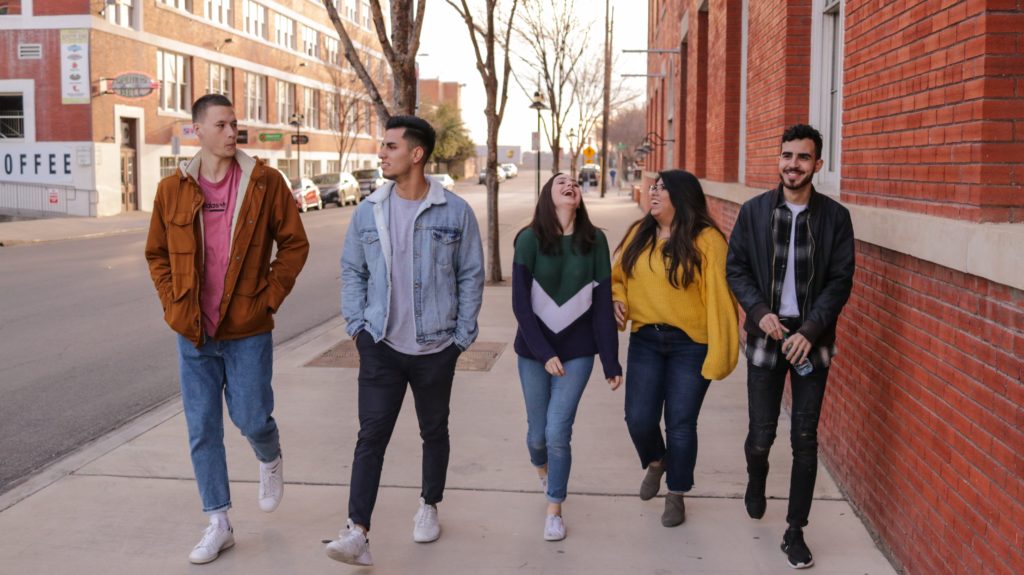Adolescents and Young Adults (AYA)
In Australia each year approximately 1000 adolescent and young adults (15-25 years of age) are diagnosed with cancer.
Home / Screening and Safety / Special Cancer Populations / Cancer Across the Lifespan / Adolescents and Young Adults

Considerations for treating adolescents and young adults with cancer
- Diagnosis of cancer at this age has long-term impacts with people surviving decades with the long-term physical, social and psychological impacts of their cancer diagnosis and subsequent treatments.
- Melanoma, Testicular, Hodgkin Lymphoma, Thyroid and Colorectal cancers represent 60% of all AYA cancers.
- Compared to age-matched peers, AYA cancer survivors experience an increased risk of a chronic disease including
- Cardiovascular disease
- Type 2 diabetes
- Obesity
- Hypertension
- Secondary cancer
- Poorer mental health.
- Chronic disease risk is due to a number of factors including
- Pre-existing medical history
- Direct impacts of cancer treatment (chemotherapy & radiotherapy)
- Poor health behaviours – e.g. low levels of physical activity (PA)
- AYA cancer patients significantly decrease exercise & PA levels during treatment and many struggle to return to pre-morbid (pre-cancer) levels of activity.
- Exercise research among AYA cancer survivors has shown to improve cardiorespiratory fitness, muscle strength and endurance, body composition, mental health and well-being and lower levels of fatigue
There are currently no established guidelines for AYA cancer patients/survivors – however as for adults with cancer, an exercise program needs to be tailored to the needs of the individual.
There are numerous different cancer types that are seen in AYA age group with treatment and medical considerations varying across this age group – there is a no one size fits all approach
During treatment AYA are at risk of being sedentary – that may result in reduced cardiorespiratory fitness, muscle mass and overall quality of life.
- The goal during treatment is to maintain fitness and function, prevent deconditioning and encourage as much as activity as possible to help reduce treatment related side effects.
- Exercise prescription will need to progressed/regressed depending on type of treatment/ where they are within their treatment cycle.
Post treatment it is highly recommended that AYA cancer survivors undertake a combination of aerobic, strength and flexibility training, for example;
- Aerobic exercise: running, cycling, swimming and returning to sport.
- Strength training: body weight, resistance bands or dumbbells, machine based, yoga.
- The goal during this time is to improve fitness and strength to allow them to return to social activities, school or work and return to everyday activities. Long term it is vital to build good health behaviours and encourage regular exercise as a way to prevent other chronic disease.
- Your local youth cancer service – each Australian state has a team of health care professionals specialising in the cancer treatment and care of young people aged 15-25 that you can contact for help and advice (some have an exercise physiologist on staff)
- Video: how quickly can you get back to exercise after treatment? (CanTeen)
